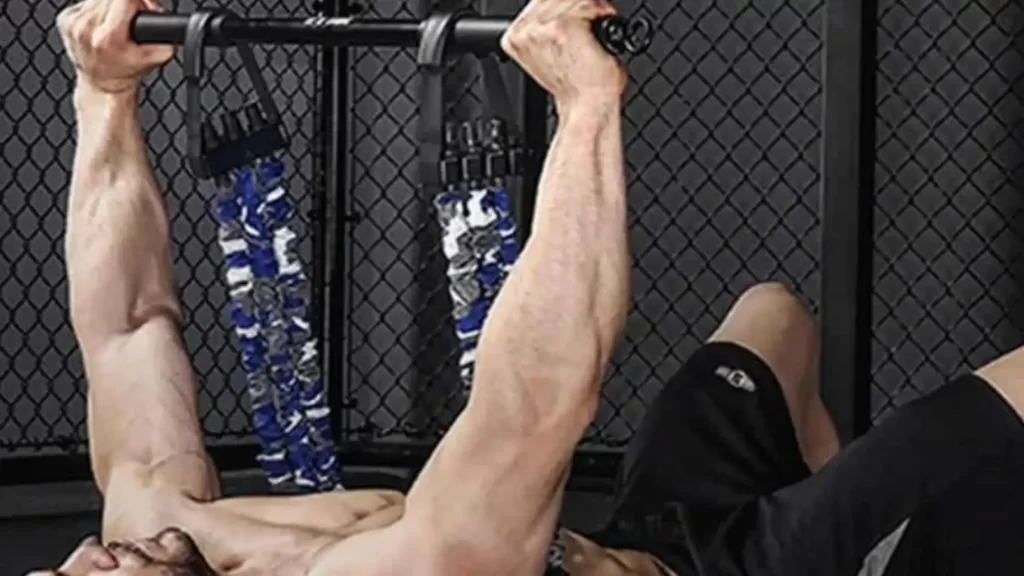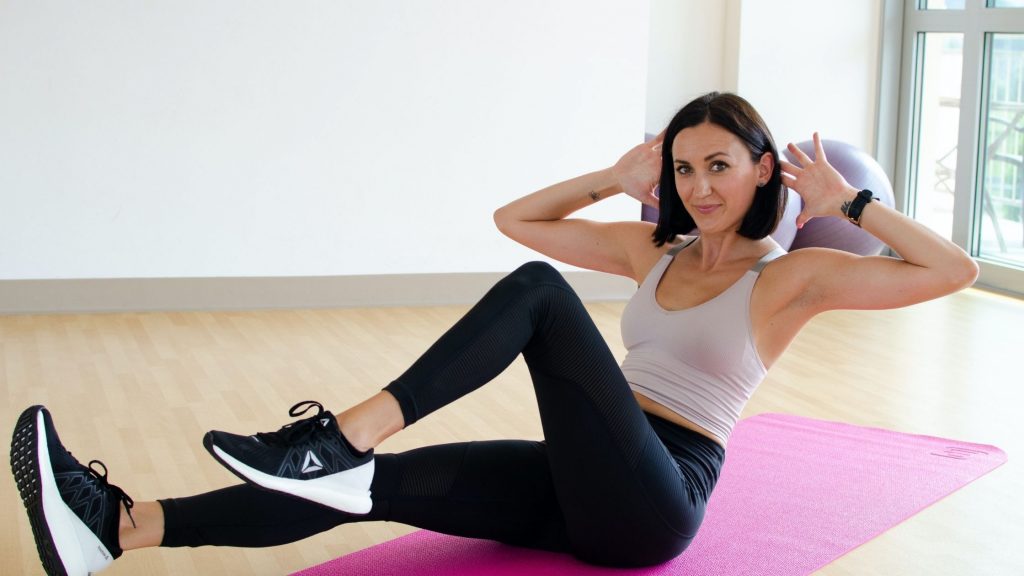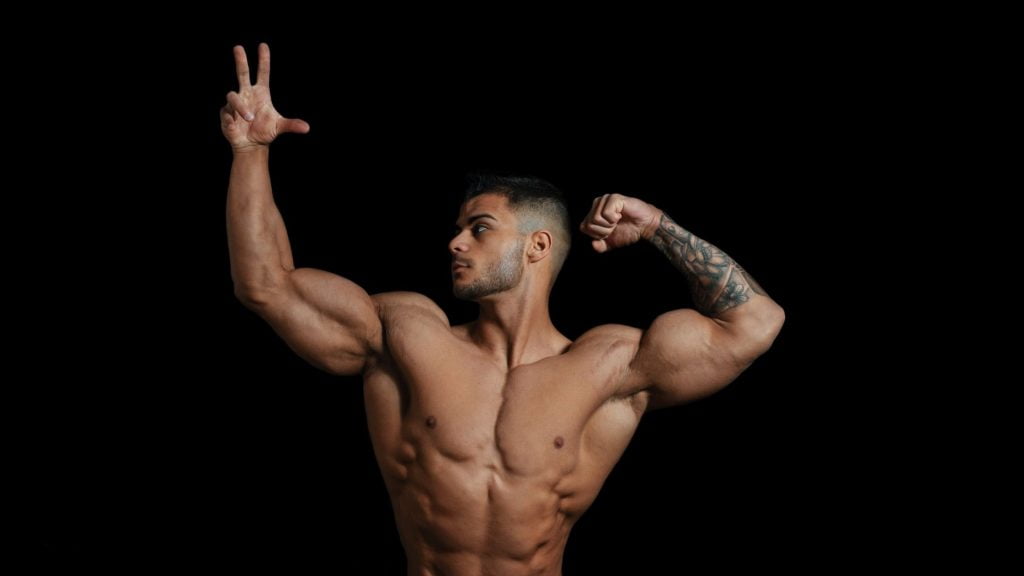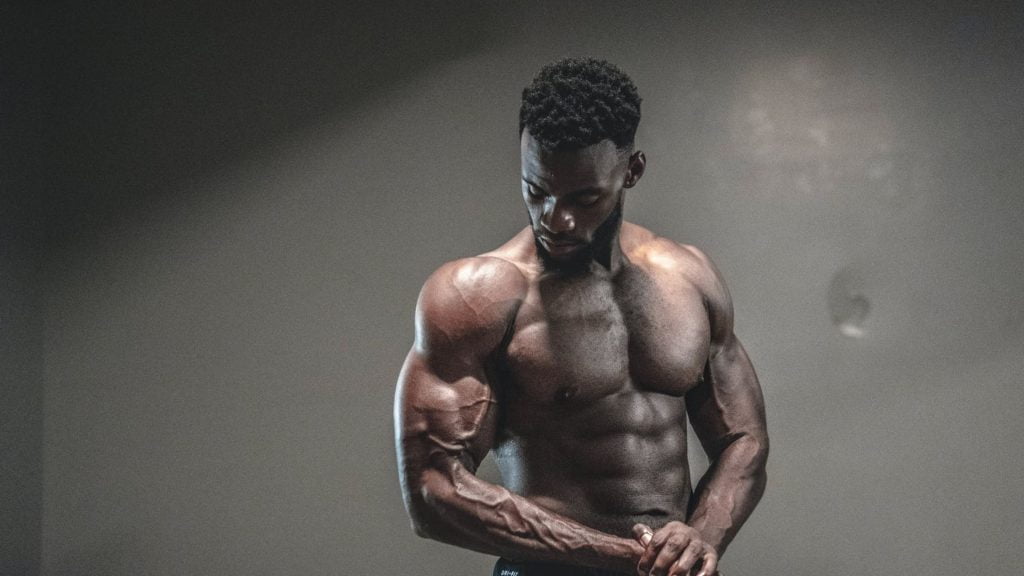If you Google “push ups for biceps” you’ll discover there are over 500 million search results on this resistance training exercise. But that doesn’t mean all push ups for biceps are the same. In fact, most of them fall into the category of being “useless” or at least they don’t provide much value. There are so many different variations of push-ups because they’re a simple exercise, but one that is extremely challenging for your muscles. If you have weak arms or poor posture, this might be the perfect exercise to help counteract those issues. And also get stronger and healthier at the same time. Here are 5 types of push ups for biceps that will give you stronger and bigger biceps:
IN THIS ARTICLE
Bottom-Up Push Up

A Bottom-Up Push Up is the opposite of a Top-Down Push Up, where you start at the top of your range of motion. This one you can do by going to the bottom of your range of motion first and then slowly working your way up by pushing through your arms. The best thing about this push-up variation is that it’s great for beginners who don’t have the strength to do regular push ups for biceps yet. You won’t do as many push-ups with this variation, but you’ll be able to do more reps with proper form. If you can’t do regular push ups for biceps, this is the variation you should aim to master first. As you get stronger, you can progress to regular push-ups. You should be able to do around 8-10 reps with proper form for one set of bottom-up push ups for biceps.
Diamond Push Up

This push-up variation is great for those with poor posture because it helps relax your shoulders and core. You can do diamond push up by placing your hands wider than your shoulders with your thumbs and forefingers touching. Your fingers should be facing away from each other in a diamond shape. Then you lower yourself down to your range of motion, keeping your core and shoulders relaxed and your back straight. You want to keep your back straight and core as relaxed as possible because you don’t want to use your lower back to push yourself up. And You might feel a little bit of strain going down, but try to focus on maintaining a straight back the whole time. You should be able to complete around 8-10 reps for one set of diamond push ups for biceps.
Decline Push Up

The decline push ups for biceps is great for those with a weak upper chest and shoulders. You can do this push-up from either a high bench or a box. The higher the surface, the lower the range of motion you’ll be able to go. The lower the surface, the higher the range of motion. The decline push-up is helpful because you’ll be able to go lower than a regular push-up, which helps strengthen your chest and shoulders more. You should be able to complete 8-10 reps for one set of decline push ups for biceps.
Incline Push Up
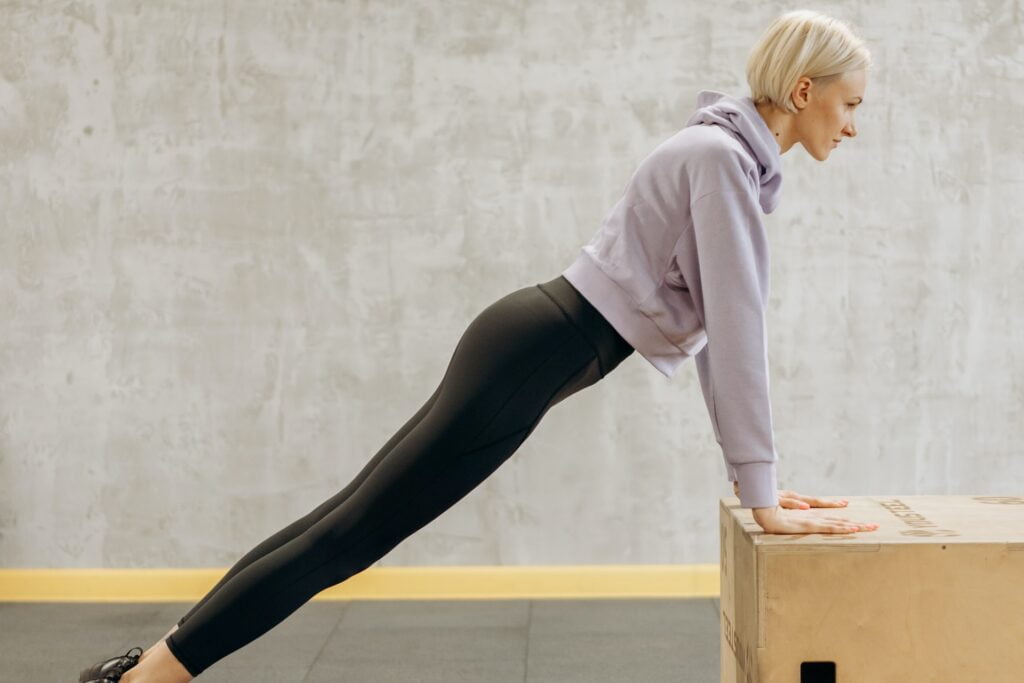
The incline push-up is the opposite of the decline push-up. If you feel like your chest and shoulders are too strong compared to the rest of your body, this push-up variation will help even everything out. You can do incline push ups for biceps on an elevated surface like a box or bench with your hands low enough so that you’re able to go to the bottom of your range of motion. You should be able to complete 8-10 reps for one set of incline push-ups.
One-Arm Push-Up

The one-arm push ups for biceps is a tough, but it’s also extremely effective. You can do it with one arm at a time or with two arms at a time. The one-arm variation is the one you want to focus on, though. It’s helpful for building overall strength in your upper body and biceps, but it’s also helpful for your core, glutes, and other stabilizing muscles. The key to doing one-arm push-ups for biceps is to make sure you’re bracing your core the entire time. You want to engage your core muscles to help keep your body straight and in proper alignment.
More about Push Ups For Biceps
Push ups are a great exercise for your entire upper body. They can help you build strength in your chest, shoulders, and biceps, and even help you with your core stability. There are several variations of push-ups, each with their own specific benefits. Bottom-Up Push Ups for biceps are useful for beginners, while Diamond Push Ups and Incline Push Ups are good for those with poor posture. One-Arm Push Ups are great for upper body strength, and Decline and Incline Push Ups for biceps is ideal for those with a weak upper chest and shoulders. Here are some more best exercises you can also try at home.
5 Best Exercises to Build Your Biceps at Home rather than Push Ups For Biceps.
When it comes to your body, you want every feature to be in perfect proportion. If you are working towards a streamlined and symmetrical appearance, then there is no better place to start than with your arms. There are plenty of smaller muscles in the upper arm that can make you look great when they are well-defined. The bicep is one of these muscles and by knowing how to perform the best bicep exercises, you can build them up quickly and effectively. The biceps sits on the front of your arm and is responsible for flexing it when you lift something above your head or bend your elbow. The larger of the two muscle groups in this region is called ‘biceps brachii’ which means ‘two-headed muscle’. It has two ends that connect to different points on the shoulder girdle.
Best Push-Ups For Biceps Exercises at Home
There are plenty of ways to build your biceps at home, and these 5 exercises are the best bicep exercises at home. They are easy to do and will help you increase the strength and size of your arms. The biceps are a small muscle group, so they respond well to low-rep training. If you’re new to lifting weights, start with two sets of 8 to 10 reps per exercise. As you build strength, increase your sets and decrease your reps to 4 to 6. You can also increase the weight you’re lifting as you get stronger. Make sure to warm up with light weights before lifting heavier weights. This prevents injury and allows your muscles to work to their full potential.
Hammer Curl
The hammer curl is a variation of the classic bicep curl that allows you to work both the long and short heads of your biceps. While the long head originates in the back of your arm, the short head of your bicep sits on the front of your arm. When you perform the traditional bicep curl, you focus on the long head, so the hammer curl is an effective way to isolate and work the short head as well. When performing the hammer curl, keep your palms facing toward your thighs. Focus on using your biceps to lift the weight, and avoid using momentum to complete the exercise.
Dumbbell Bicep Curl
The dumbbell bicep curl is a fantastic exercise that can be performed by almost anyone at any fitness level. All you need is a pair of dumbbells and a flat surface to rest them on while you’re resting between sets. For best results, perform this exercise with a pronated (overhand) grip, as it places more emphasis on your biceps compared to a supinated (underhand) grip. When performing the dumbbell bicep curl, make sure you focus on keeping your upper body still. Don’t use momentum to complete the exercise, and only lift the dumbbells a few inches before slowly lowering them.
Push Ups For Biceps Cable Pull-Down
The biceps cable pull-down is a great exercise for targeting your biceps and shoulders as well. It can be performed with an overhead cable attachment or with a machine that has an adjustable cable. The aim of this exercise is to pull the cable down to your chest. Your arm should be behind your head so that the cable is traveling in an “L” shape. To create the best angle for your arms, use a grip that places more emphasis on your biceps—a pronated (overhand) grip is the best option.
Push Ups for biceps with Biceps Flex
The push-up with biceps flex is a great arm exercise to end your workout with. By adding an extra movement to your standard pushup, you increase the amount of blood flowing to your arms, which leads to increased muscle growth. Keep the rest of your body still as you flex your biceps for 10 to 15 seconds. Focus on contracting your biceps at the top of the movement and do not let your body move at all. Be careful not to let your hips sag towards the ground or you’ll put too much pressure on your lower back.
Rotating Standing Cable Curl
The rotating standing cable curl is a unique variation of the standard cable curl that hits your biceps from a different angle. The rotating movement of the cable helps to create more tension in your biceps, which is how you build muscle. For this exercise, you’ll use a rotating cable attachment, so you can position the cable in different directions. The best way to perform this exercise is to start with the cable above your head and rotate it towards your left side. Slowly return the cable to the starting position before rotating it to the right.
Conclusion
The biceps are a common muscle that people like to show off when they have a toned and defined look. When you have a well-developed set of biceps, they can appear larger than they actually are. This makes them a popular muscle to train as they can be seen when you wear short-sleeved clothing or tanks. There are many exercises you can do at home to build your biceps, but these five are the best bicep exercises at home.




